
I’m glad you’re here!
Take a scroll through recent posts or use the search bar to find what you’re looking for.
Recent Blog Posts
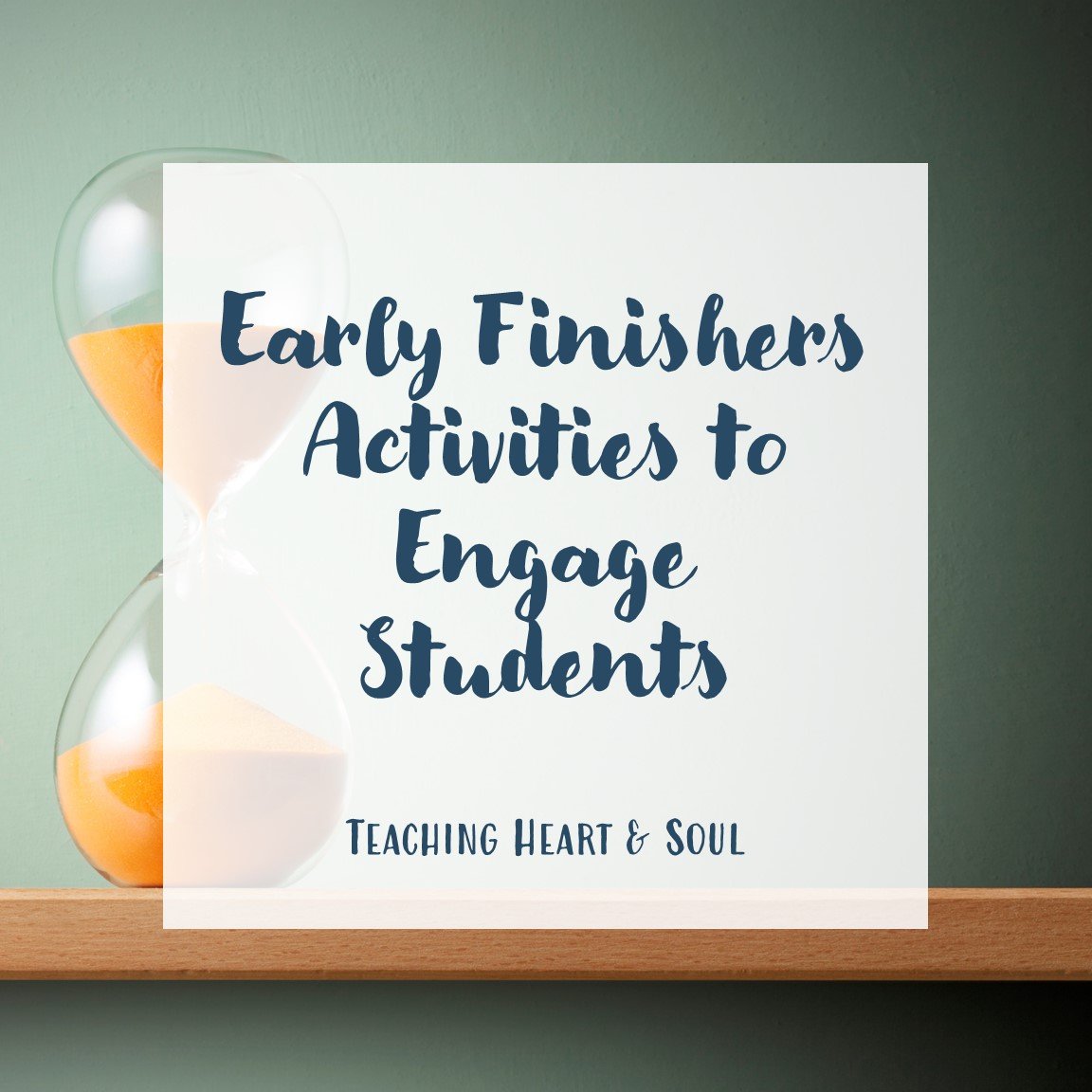
Early Finishers Activities to Engage Students
Early finisher activities are a great way to encourage students to practice writing skills, research skills, puzzle skills, critical thinking, and so much more! These activities encourage students to be productive with their free time and keep students engaged so that you’re not dealing with classroom management issues while the rest of the class is finishing up.
When students finish early, they need an early finisher activity like task cards or literacy centers to complete independently. There are so many options for independent activities.
Check out 150+ ideas!
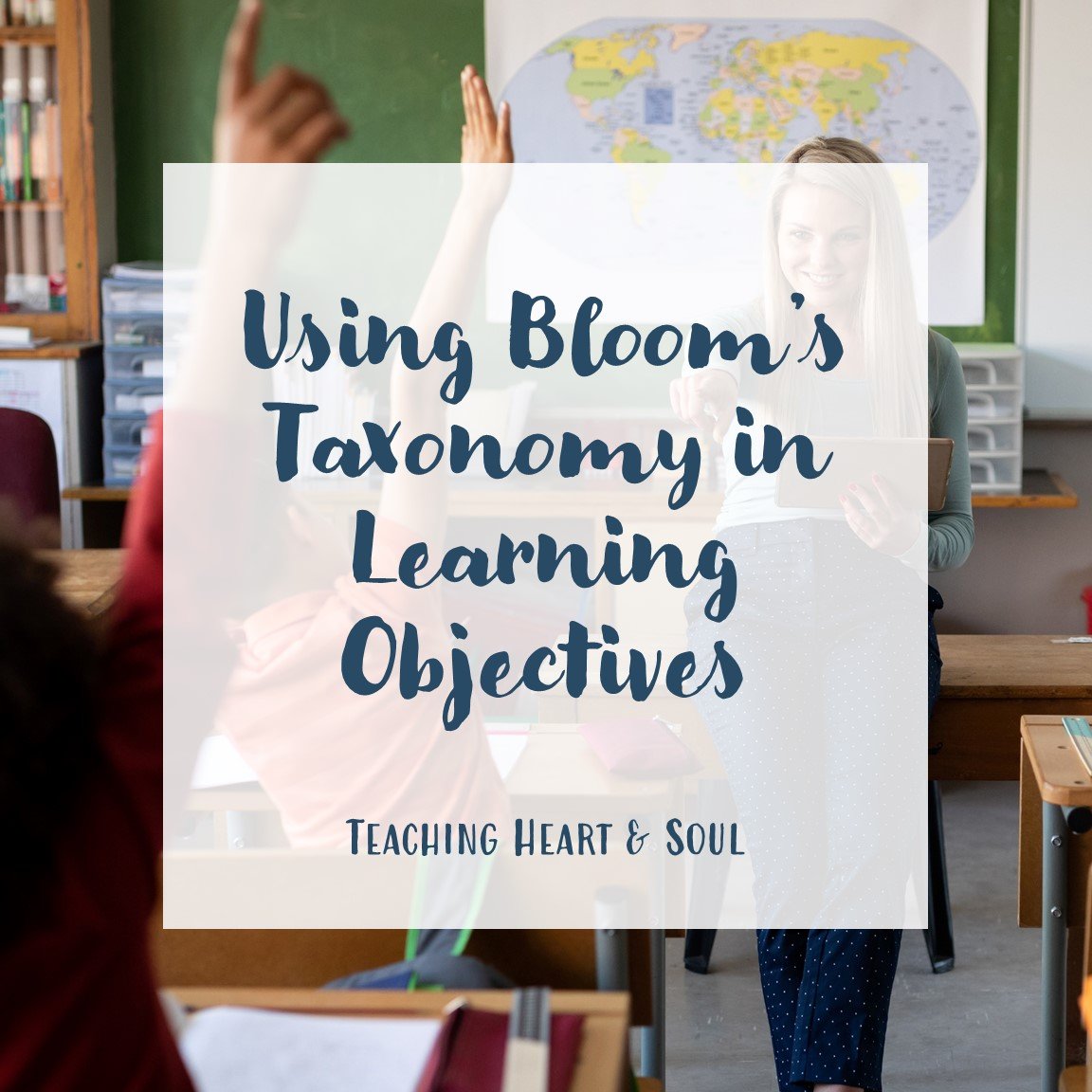
Using Bloom's Taxonomy in Learning Objectives
Educational objectives according to Bloom's taxonomy describes the cognitive processes and cognitive tasks that show students lower level skills grow into higher order thinking.
The measurable verbs attached to the major categories of the taxonomy of educational objectives help teachers create learning objectives that are specific to the learning outcomes and cognitive skills of each level.
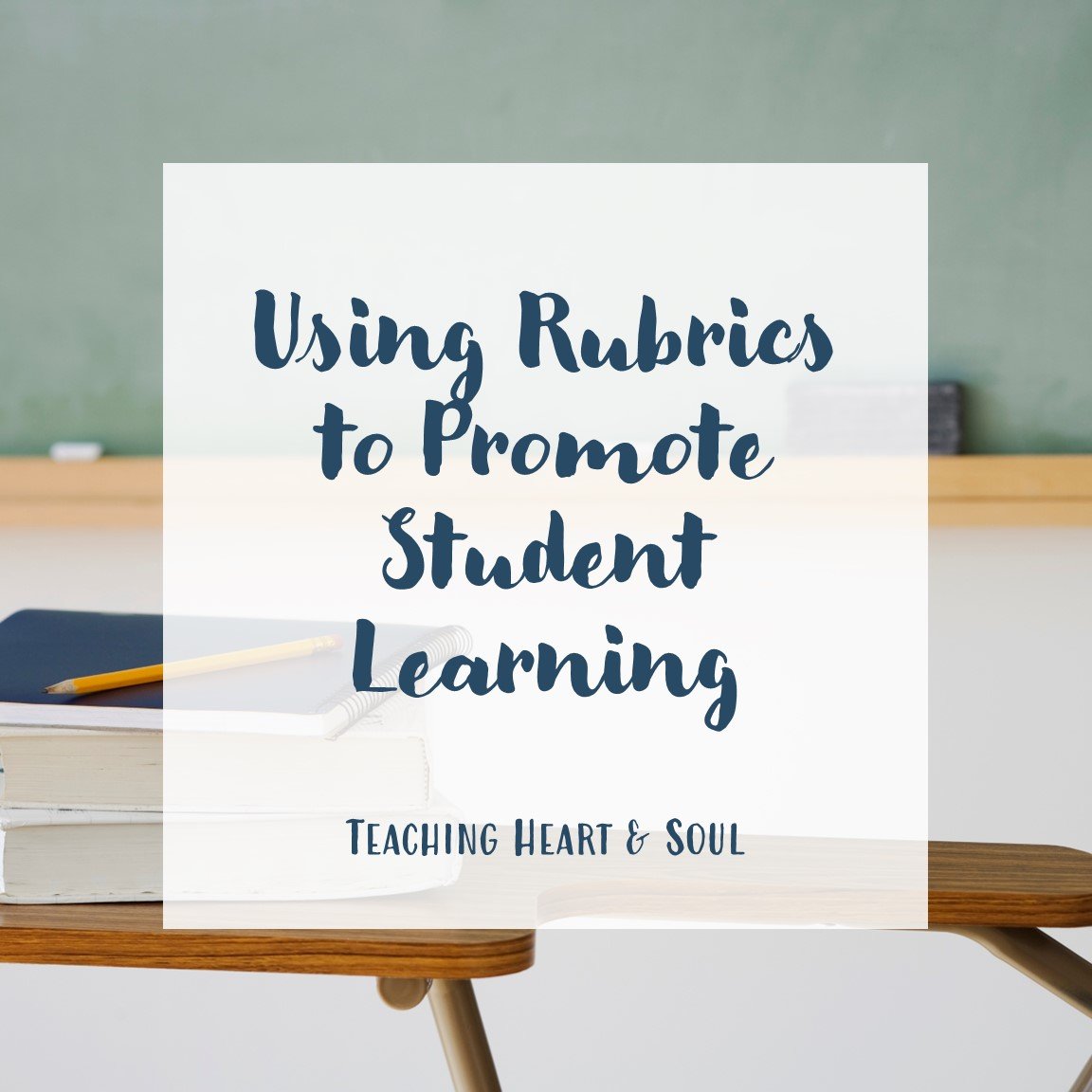
Using Grading Rubrics to Promote Student Learning
Rubrics are essential assessment tools that define grading criteria and provide clarity on expectations for students. They encourage student ownership of learning, promote objective and consistent grading, and save time for instructors. Rubrics offer clear and transparent grading processes, motivate students, and provide detailed feedback for improvement. Analytical rubrics break down assignments into components for comprehensive evaluation, while holistic rubrics provide an overall assessment.
Rubrics are beneficial for essay writing, project-based learning, and assessing tasks in social studies and science education. When using rubrics, it's important to align them with learning objectives, provide informative feedback, and include specific criteria. Individualized feedback on rubrics promotes student learning and improvement. Effective use of rubrics involves selecting appropriate ones, providing timely feedback, and evaluating their effectiveness. Rubrics empower students and support their success by clarifying expectations and promoting continuous growth.
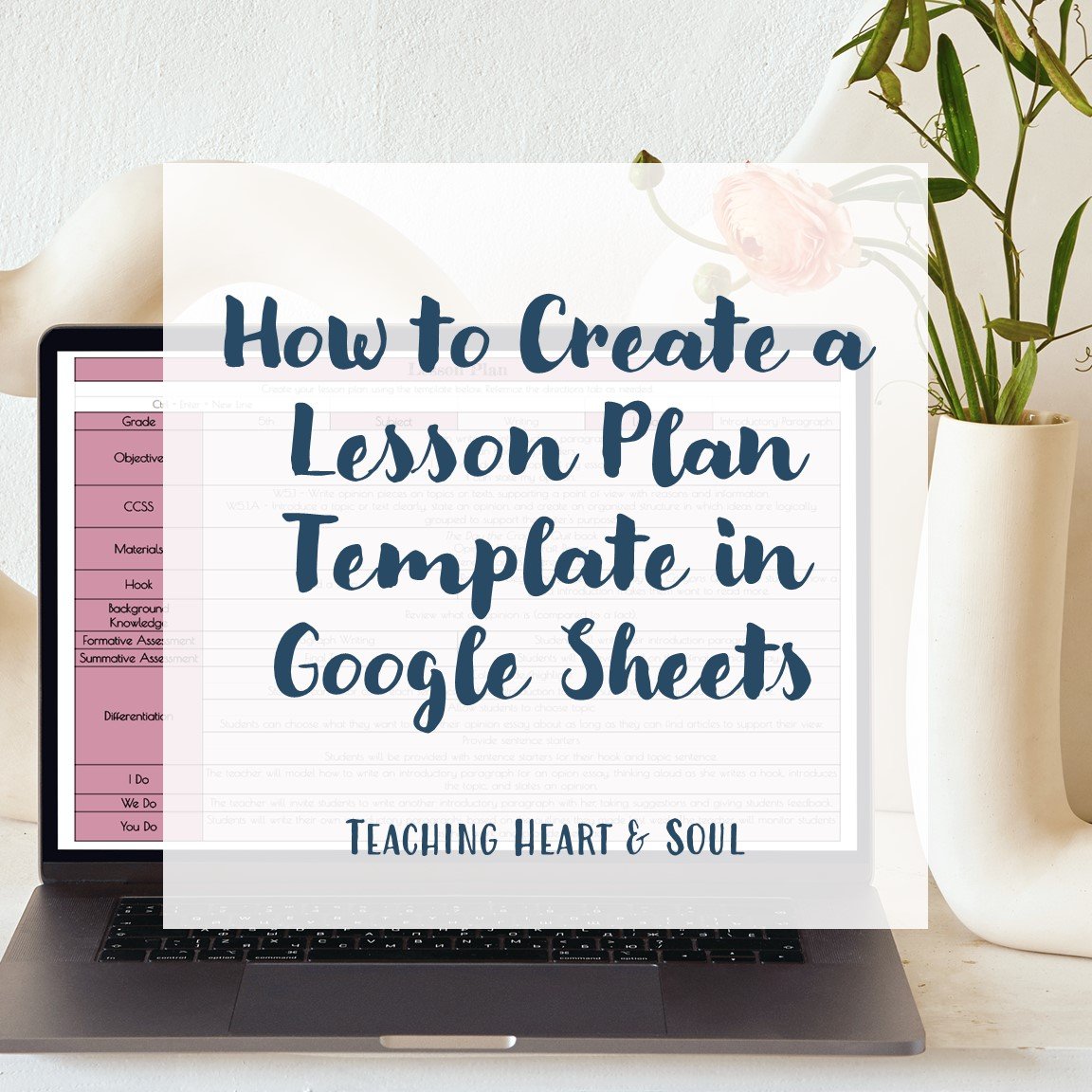
Creating Lesson Plan Templates in Google Sheets as a Teacher
Creating lesson plan templates in google sheets as a teacher is a great way to cut back on your planning time. Once you have the template created, it makes lesson planning so much easier.
There are a few different elements that should be included in a lesson plan template, including common core standards, student objectives, materials list, differentiation strategies, and an assessment plan.
Make sure you have all of these elements when you plan your lessons.
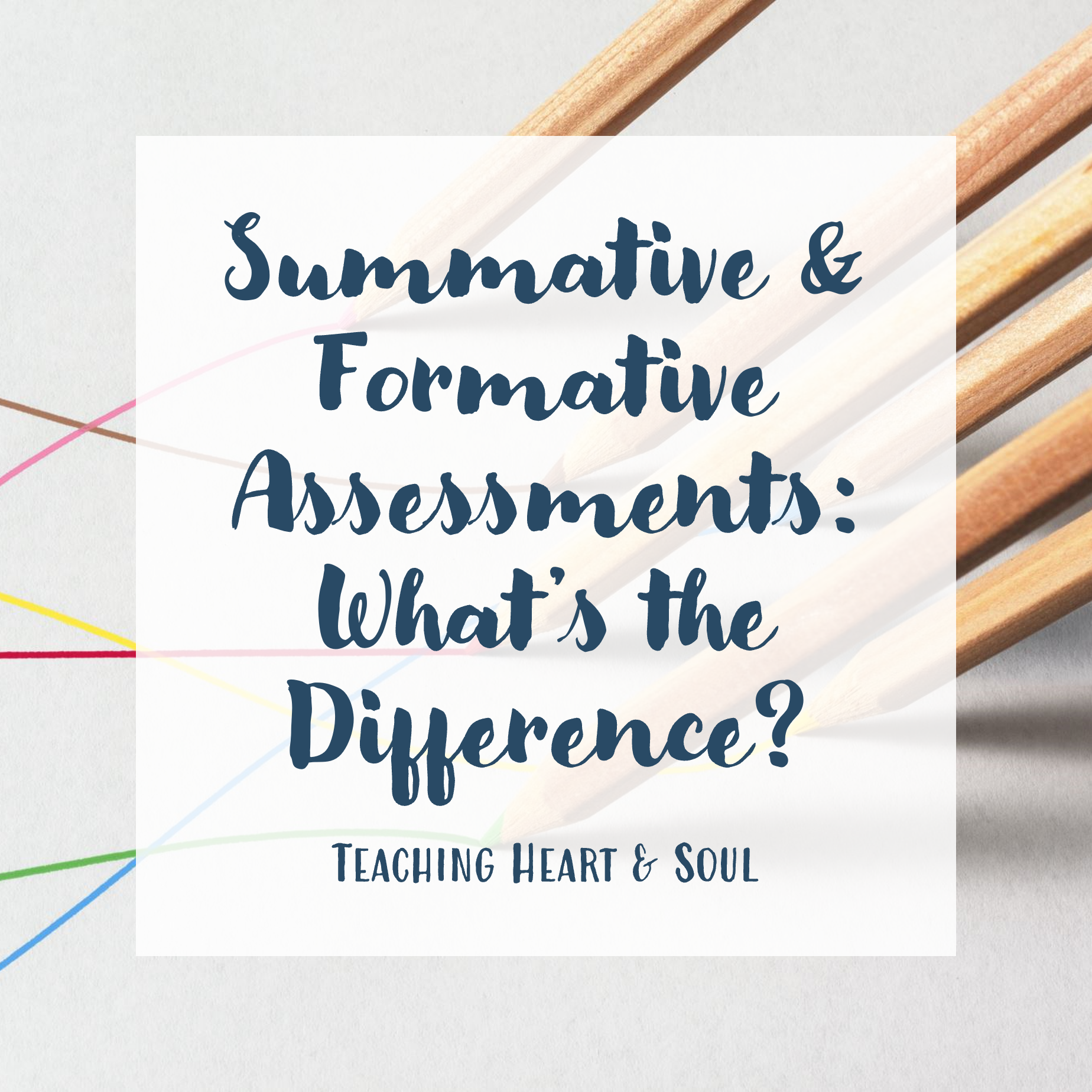
Summative vs. Formative Assessment
When I first heard the terms "summative assessment" and "formative assessment" I was confused. With a little research, I learned the differences between these tools and realized I was already using both types of assessments all the time in my classroom!
Formative assessments monitor a student's understanding throughout the instructional process, while a summative assessment measures student understanding at the end of a unit or course.
While both are important, they serve different purposes. Formative assessments provide actionable feedback, while summative assessments measure student understanding at the end of a unit or course.
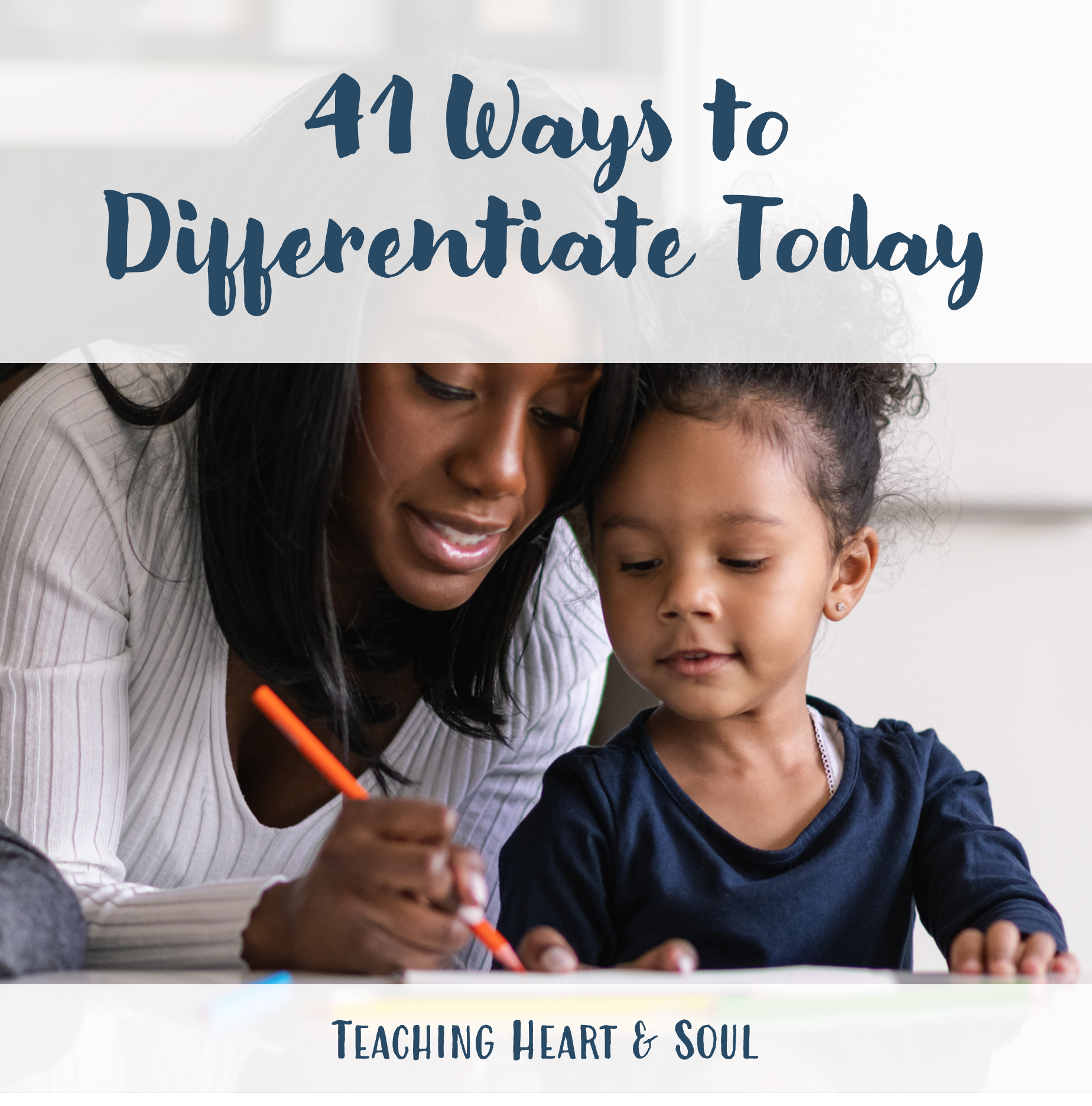
Differentiated Instruction Strategies: 41 Ways to Differentiate
Differentiated instruction is such a vital aspect of teaching, but it can be hard without a game plan. That’s why I’ve compiled a list of 41 ways to differentiate instruction. These strategies are categorized by content, process, product, and learning environment and are a great way to meet the needs of individual learners.
With 41 different ways to tailor instruction to meet the diverse needs of your students, you're sure to find something that works for you and your classroom.
Don't settle for a one-size-fits-all approach to teaching. Discover the power of differentiated instruction and transform your classroom into a place where every student can thrive!
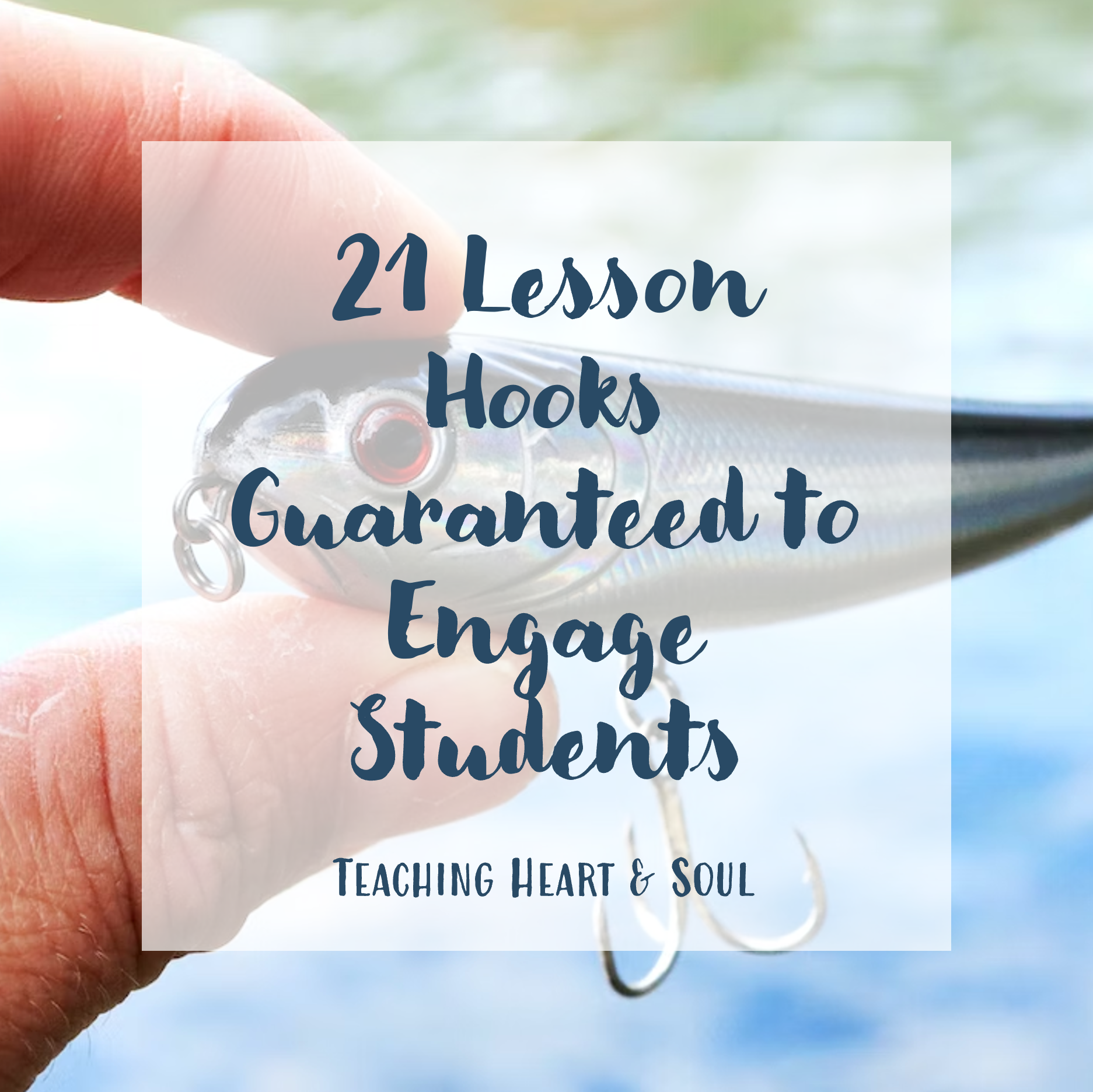
Ways to Hook Students into a Lesson: 21 Examples
Learn about 21 engaging lesson hooks to make your lesson unforgettable!
A lesson hook in elementary school is an engaging and interactive activity, question, or prompt that is used at the very beginning of a lesson to capture students' attention and spark interest in the topic. It is a tool that many teachers use to begin a lesson in an engaging way and get kids invested in the learning process by creating a sense of excitement and curiosity about the topic.
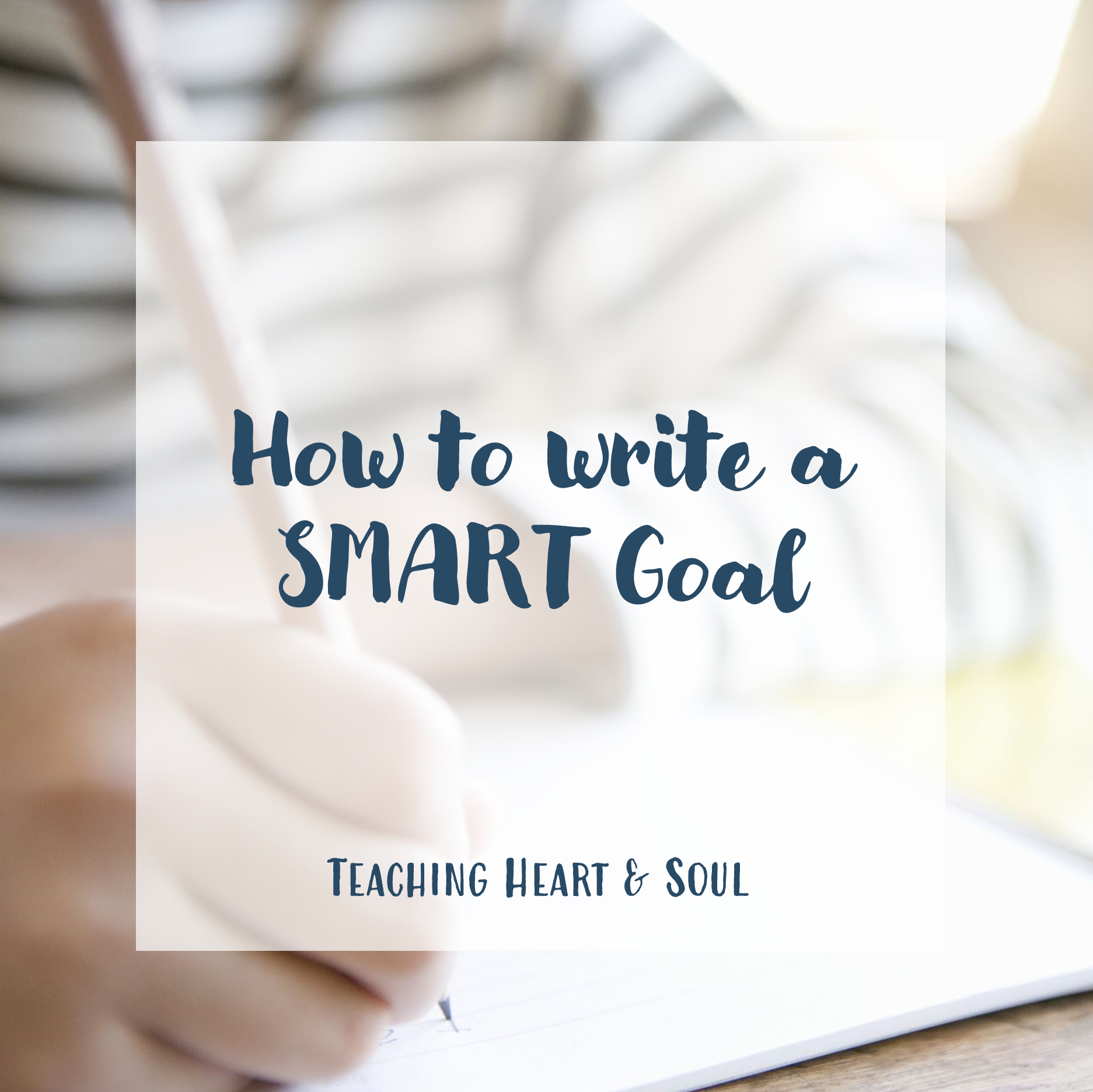
How to Write a SMART Goal
This blog includes teacher SMART goals examples as well as a description of each SMART goal characteristic - specific, measurable, achievable, relevant, time-bound. Read about when to create a SMART goal, how to create a SMART goal for elementary students, and why SMART goals work well!
